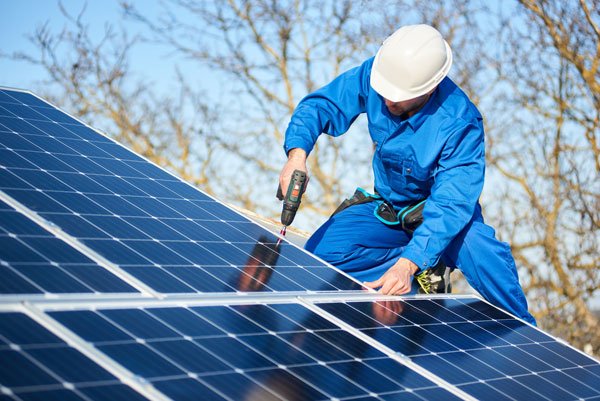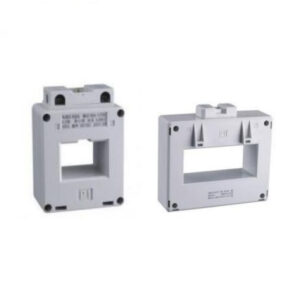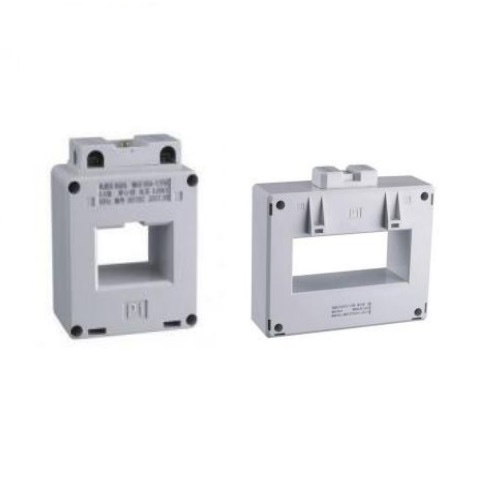Debunking Common Myths About Solar Energy in Texas
With its vast open spaces and abundance of sunshine, Texas is often seen as a prime location for harnessing solar energy. Texas Solar However, despite its potential, there are numerous misconceptions surrounding solar power in the Lone Star State. Let’s delve into some of the most common myths and separate fact from fiction.
Myth 1: Texas Doesn’t Get Enough Sun for Solar Energy
One of the most persistent myths about solar energy in Texas is that the state doesn’t receive enough sunlight to make it a viable option. However, this couldn’t be further from the truth. In reality, Texas boasts ample sunshine throughout the year, especially in regions like West Texas and the Gulf Coast. According to data from the National Renewable Energy Laboratory, Texas receives an average of 200 to 220 sunny days annually, making it an ideal location for solar panel installation.
Myth 2: Solar Panels Are Too Expensive
Another common misconception is that the upfront cost of installing solar panels is prohibitively expensive. While it’s true that solar panel systems require an initial investment, there are numerous financial incentives and rebates available to help offset the cost. Additionally, the price of solar panels has dropped significantly in recent years, making them more affordable than ever before. In Texas, homeowners can take advantage of the federal solar investment tax credit (ITC), which allows them to deduct a portion of the cost of their solar system from their federal taxes.
Myth 3: Solar Energy Isn’t Reliable
Some people believe that solar energy is unreliable because it is dependent on weather conditions. While it’s true that solar panels generate less electricity on cloudy days, advancements in technology have made solar power more reliable than ever before. In fact, many solar panel systems are equipped with battery storage solutions that allow them to store excess energy for use during periods of low sunlight. Additionally, Texas benefits from a diverse energy grid, meaning that even on cloudy days, residents can still rely on a mix of solar, wind, and other sources for their electricity needs.
Myth 4: Solar Panels Decrease Property Values
There’s a common misconception that installing solar panels can decrease the value of a property. However, numerous studies have shown that solar panels can actually increase property values. According to research conducted by the Lawrence Berkeley National Laboratory, homes with solar panels tend to sell for a premium compared to those without. Additionally, solar panels are seen as a valuable asset by many homebuyers, as they can lead to long-term energy savings and reduce utility bills.
Myth 5: Solar Energy Isn’t Environmentally Friendly
Some skeptics argue that solar energy isn’t as environmentally friendly as it claims to be, citing concerns about the manufacturing process and disposal of solar panels. While it’s true that the production of solar panels does require energy and resources, the environmental benefits of solar energy far outweigh any potential drawbacks. Solar power produces no greenhouse gas emissions during operation and helps reduce our reliance on fossil fuels, leading to cleaner air and a healthier environment for future generations.
Conclusion
Despite the misconceptions surrounding solar energy in Texas, it’s clear that solar power offers numerous benefits for both homeowners and the environment. From its abundant sunshine to its potential for long-term cost savings, solar energy has the power to transform the way we think about electricity generation in the Lone Star State. By debunking these common myths and embracing the potential of solar technology, Texas can continue to lead the way in renewable energy innovation.
In conclusion, Texas Solar holds immense promise for a sustainable and energy-rich future, debunking myths along the way.















